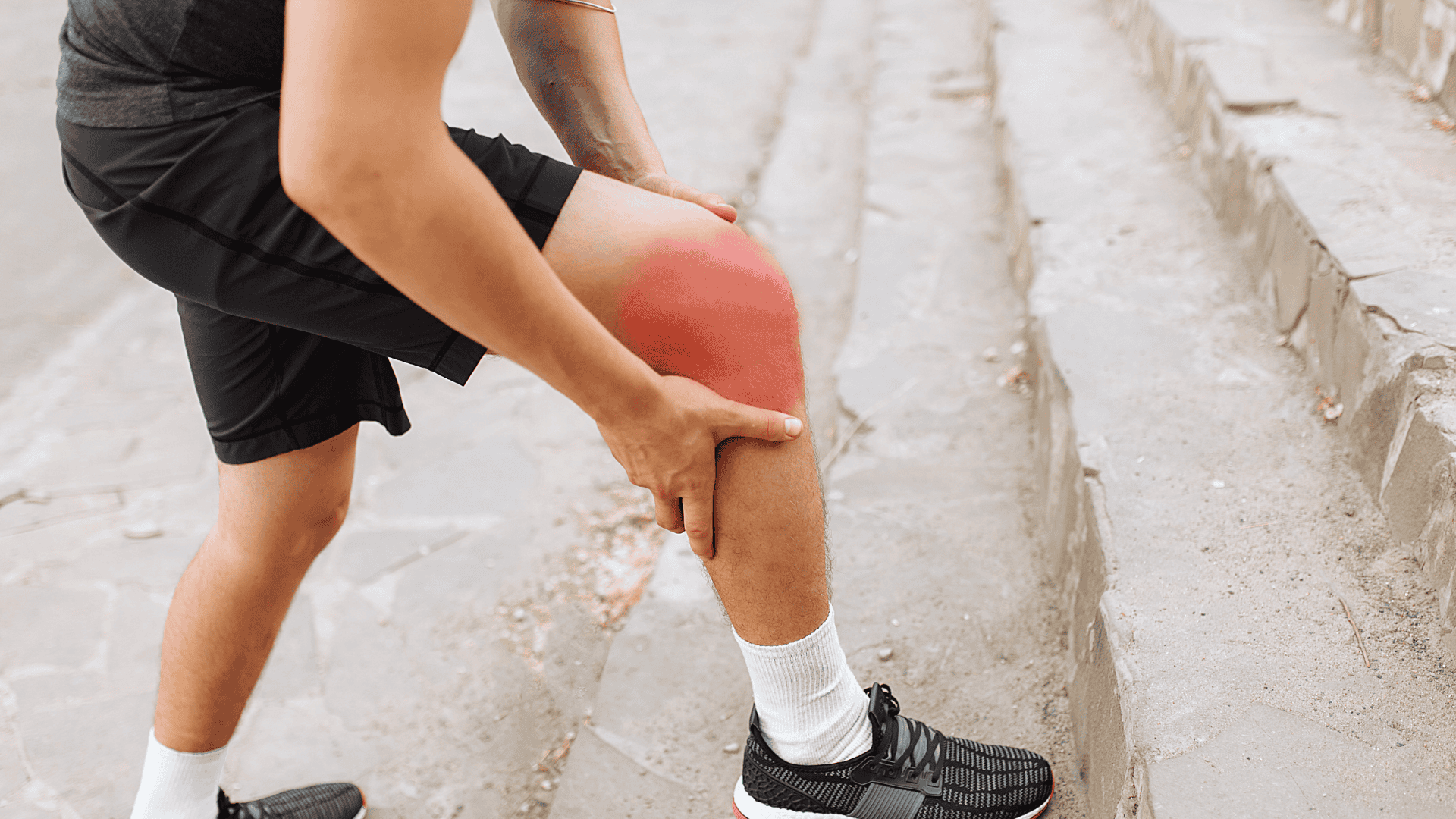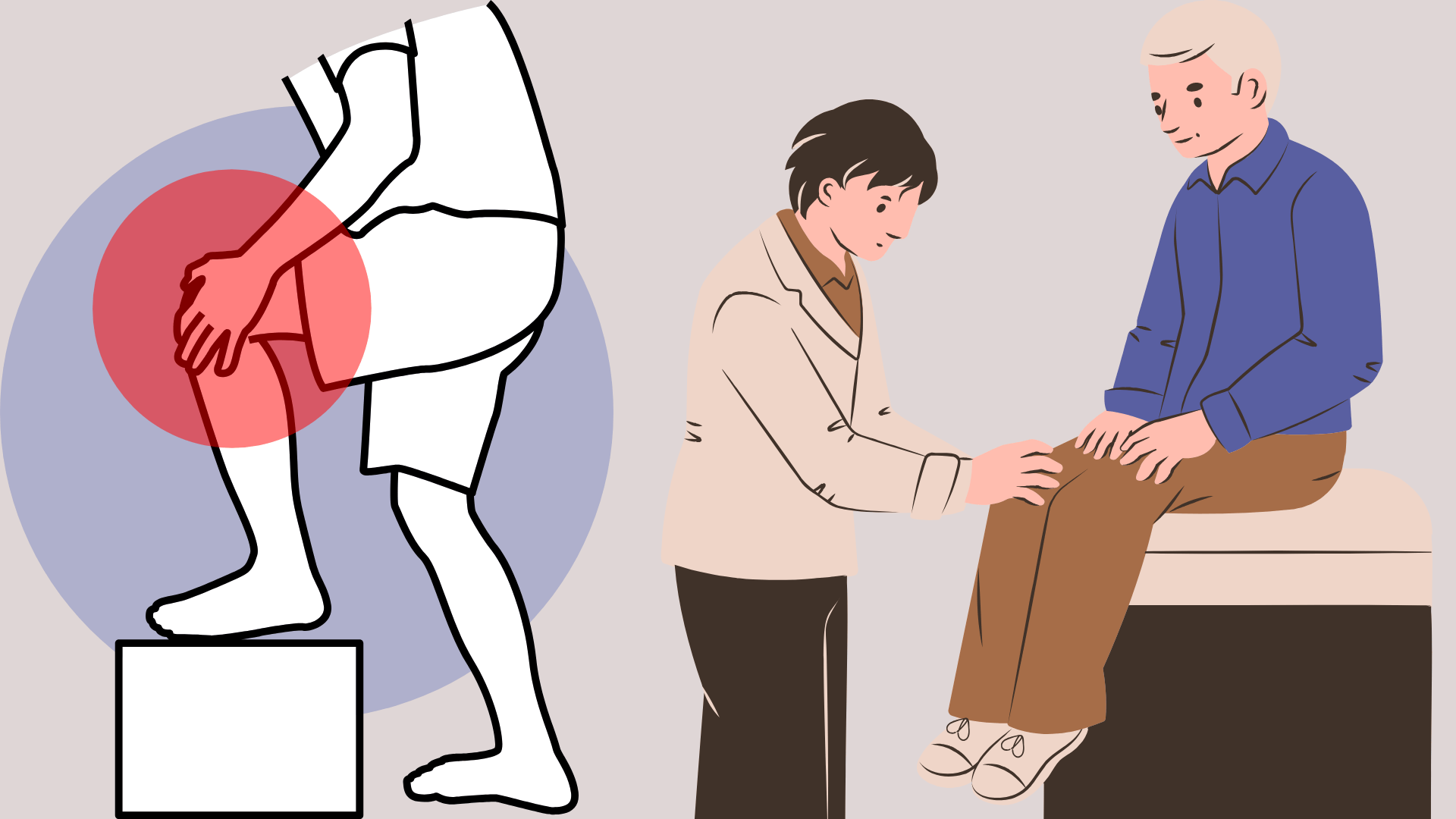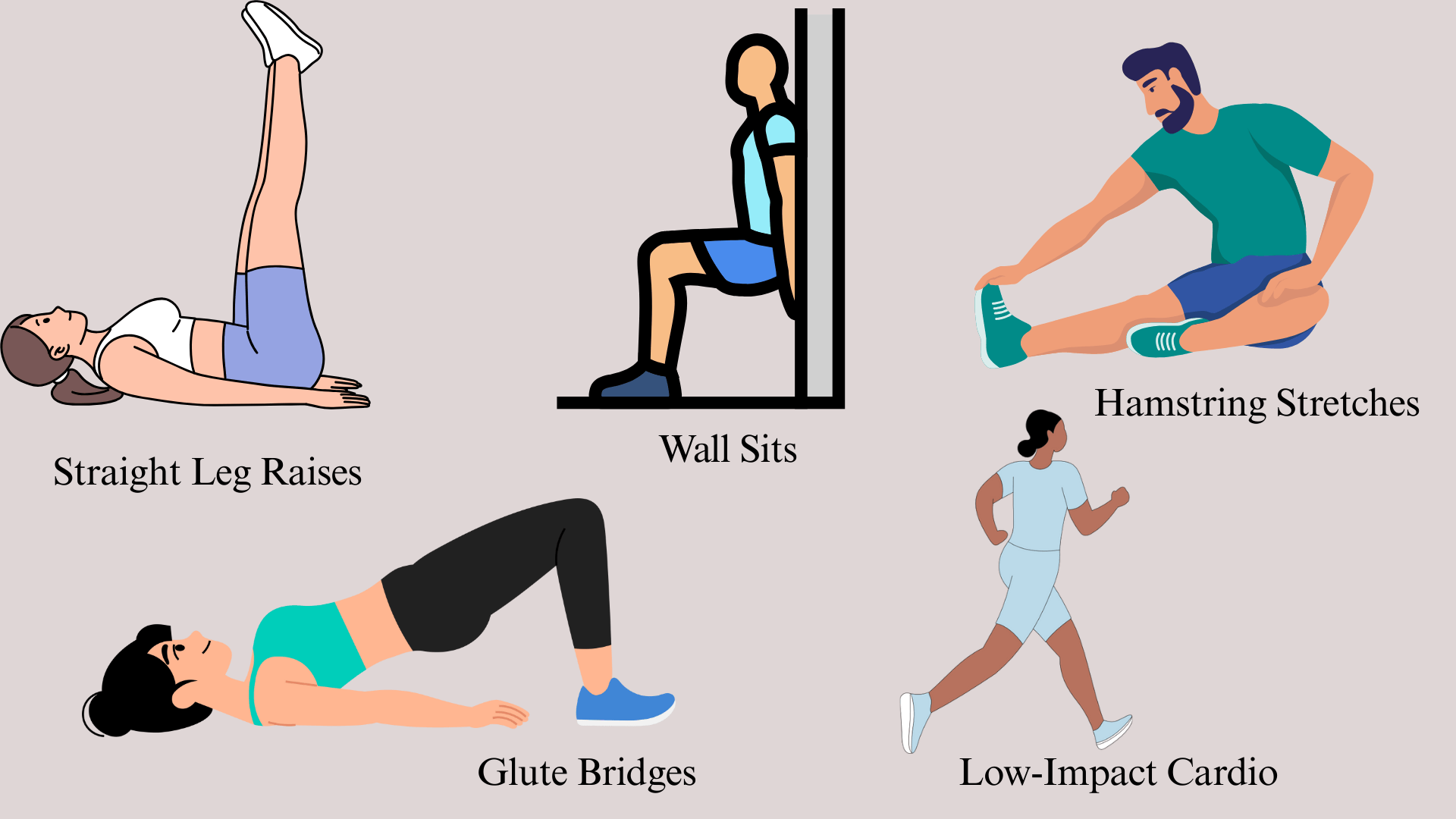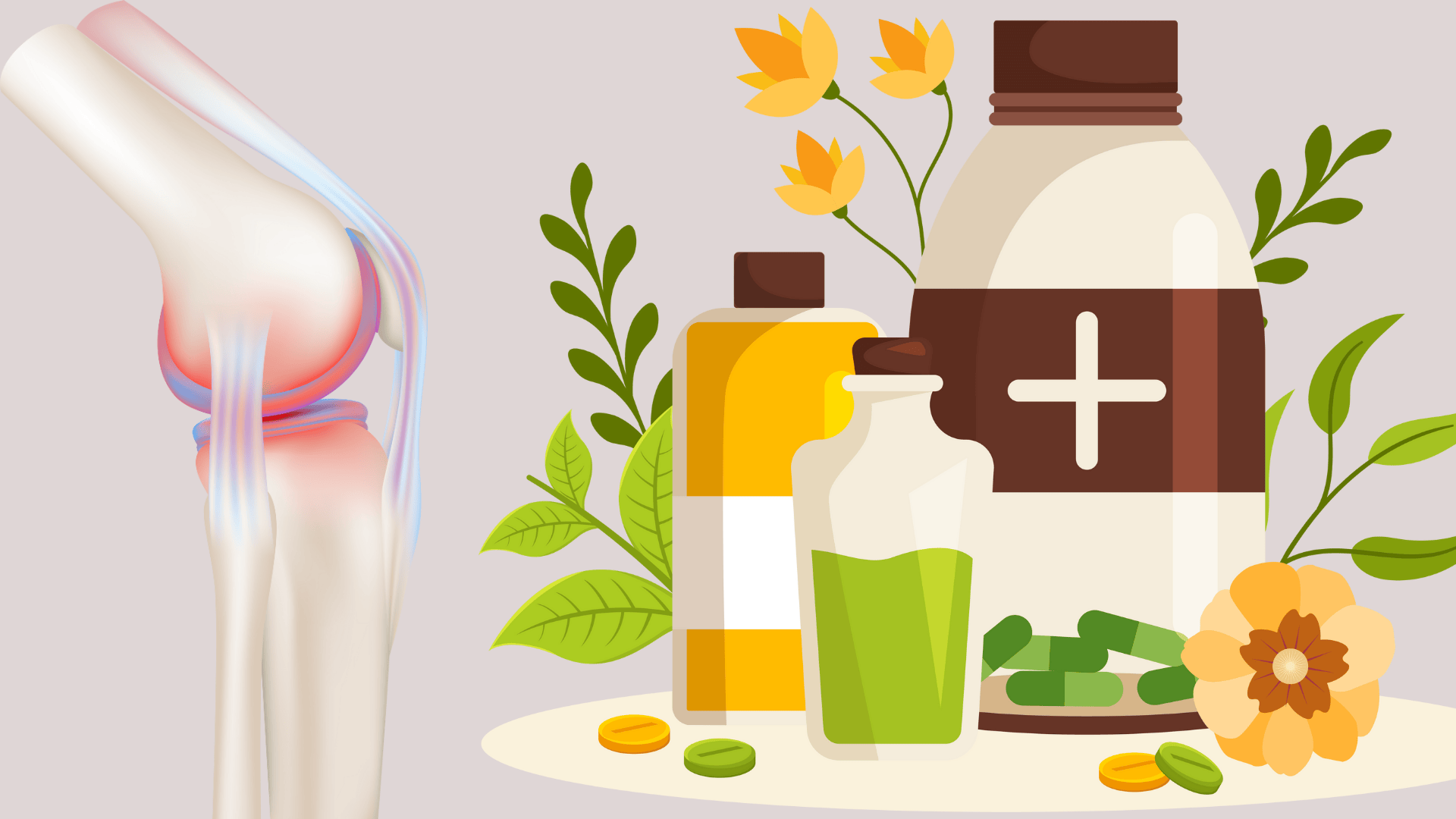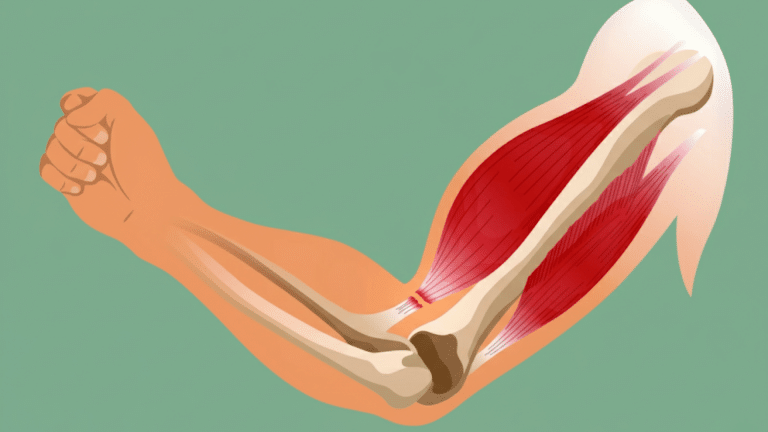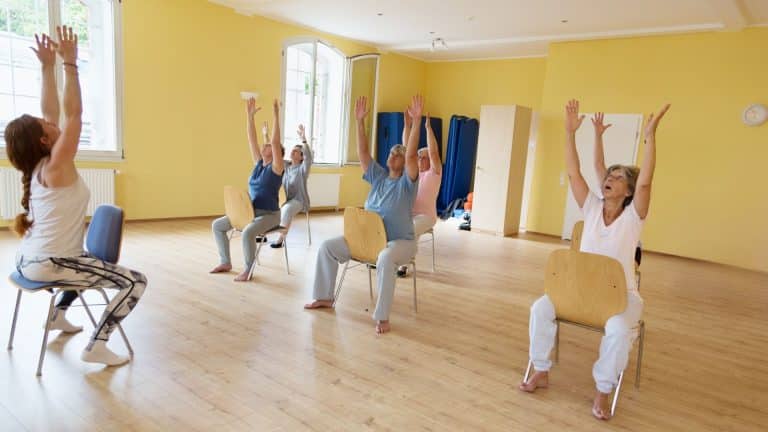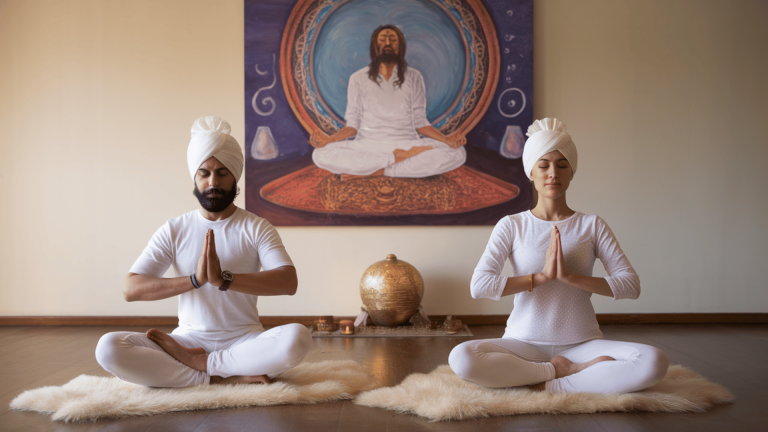If you’ve ever felt a sharp ache or persistent pain in your knees while climbing stairs, you know how frustrating it can be.
This common issue affects people of all ages, from young athletes to older adults.
While walking on a flat surface is easy on the knees, the motion of going up stairs puts a significant amount of stress on the joint, equivalent to four to six times your body weight.
This increased load can trigger pain if there is any underlying weakness, muscle imbalance, or past injury. Understanding the root cause is the first step toward finding relief.
In this guide, we’ll cover the various causes of knee pain, key symptoms to monitor, and effective exercises and prevention strategies.
Also Read:Why Upper Back Hurts When You Sleep Flat
Why Stair Climbing Hurts the Knees?
Walking on a flat surface spreads your body’s weight out, but going up stairs is different because it makes your knees bend more.
This motion places a greater burden on the knee joint, equivalent to 4 to 6 times your body weight. If there’s any weakness, imbalance, or a prior injury, this extra pressure can cause discomfort.
Your knee functions like a hinge, supported by muscles and cartilage. When any part of this support system isn’t working as it should, the strain from climbing stairs highlights the issue and can lead to pain.
Common Causes of Knee Pain Going Up Stairs
Several conditions can make stair climbing painful by putting extra stress on the knee joint.
1. Patellofemoral Pain Syndrome (Runner’s Knee)
This condition occurs when your kneecap doesn’t move smoothly, leading to irritation and pain at the front of your knee. It’s a common issue for runners, but it can affect anyone who is physically active.
2. Chondromalacia Patella
This involves the softening or wearing down of the cartilage beneath your kneecap. The result is friction and a grinding sensation when you bend your knee on the stairs.
3. Osteoarthritis
As a form of age-related “wear and tear,” osteoarthritis lessens the cushioning in the knee joint. People with this condition often experience stiffness and pain in their knees while climbing stairs.
4. Tendonitis
This is an inflammation of either the patellar tendon, located below your kneecap, or the quadriceps tendon, located above it. The pain from this condition is typically sharper when you are in motion.
5. Meniscus Tears
An injury to the cartilage in the knee, such as a meniscus tear, can cause sharp, focused pain. This pain often occurs when you bend, twist, or put weight on the knee.
6. Weak Muscles
When your quadriceps and glute muscles are weak, your knees take on a heavier workload. This muscle imbalance is a significant but often overlooked reason for knee pain.
7. Overuse or Poor Technique
Repeating a stressful motion, such as climbing multiple flights of stairs or performing lunges with improper form, can lead to irritation in the knee.
Signs Your Knee Pain Needs Attention
Knowing when knee pain is more than just soreness helps you take action before it worsens. Here are the symptoms of knee pain to pay attention to:
- Pain location: The pain can be felt in various spots, including the front of the knee, around the kneecap, or on the inside, outside, or back of the joint.
- Stiffness: You might experience stiffness after you’ve been sitting for a while or after climbing several flights of stairs.
- Grinding or Clicking: Listen for any grinding or clicking sounds that happen when you move your knee.
- Swelling and Warmth: Notice if there is any swelling or warmth around the knee joint.
- Instability: A feeling that your knee is unstable or might give out on you is also a symptom to watch for.
Best Exercises for Stronger Pain-Free Knees
Targeted exercises can build strength, support your knees, and ease pain over time. Here are some of the best exercises to help you build stronger, pain-free knees.
1. Straight Leg Raises
This exercise helps strengthen your quadriceps muscles, which are key for supporting the knee joint, without putting direct pressure on it.
You can do this by lying down and lifting one leg at a time, keeping it straight. It’s a great way to start building strength safely.
2. Wall Sits
Wall sits are effective for building endurance in both your thigh and glute muscles.
To do a wall sit, you’ll lean your back against a wall and slide down until your knees are bent at a 90-degree angle, holding the position for as long as you can. This exercise strengthens the muscles that support your knees.
3. Hamstring Stretches
Keeping your hamstrings flexible is important because tight hamstrings can put stress on your knee joint. Stretching these muscles helps prevent this pulling and promotes better joint function.
Simple stretches can involve sitting on the floor with your legs straight and reaching for your toes.
4. Glute Bridges
Glute bridges work the muscles in your posterior chain, which includes your glutes.
Strengthening these muscles helps to take some of the workload off your knees during activities like climbing stairs. You do this by lying on your back with your knees bent and lifting your hips off the floor.
5. Low-Impact Cardio
Exercises such as running, swimming, cycling, or using an elliptical machine are great for staying fit without placing excessive stress on your knee joints.
These activities allow you to get a good workout while minimizing the impact that can sometimes cause discomfort.
Home Remedies & Quick Relief for Knee Pain
Simple home remedies can help alleviate knee pain quickly, allowing you to stay active without discomfort.
| Remedy | How It Helps | Tips |
|---|---|---|
| RICE Method | Reduces swelling and pain | Rest, ice 15–20 mins, wrap, and elevate |
| OTC Pain Relievers | Lowers pain and inflammation | Take NSAIDs as directed; don’t overuse |
| Heat Therapy | Loosens stiff joints | Use a warm compress or heating pad for 15–20 mins |
| Stretching & Mobility | Improves flexibility | Do gentle quad, hamstring, and calf stretches |
| Supportive Shoes | Lessens knee stress | Wear cushioned sneakers; avoid heels or worn shoes |
Prevention: Keeping Your Knees Healthy on Stairs
Here’s how to help keep your knees healthy when you use stairs:
- Warm-up: Always warm up before any workout to prepare your muscles.
- Posture: Use the correct posture by leaning slightly forward, keeping your core tight, and stepping evenly.
- Strengthen: Focus on strengthening the muscles that support your knee, including your quadriceps, hamstrings, and glutes.
- Maintain a Healthy Weight: Keeping a healthy weight is crucial, as every extra pound puts additional pressure on your knees.
- Proper Shoes: For daily stair use, opt for more supportive footwear rather than high heels or unstable shoes.
When to Seek Medical Help?
While some minor soreness after a lot of physical activity is normal, consider consulting a doctor if your knee pain persists or becomes severe.
You need to seek medical help if the pain continues for more than two or three weeks.
It’s also important to consult a professional if you find you are unable to climb stairs or put weight on your leg without feeling discomfort.
Additionally, consult a doctor if you experience sudden swelling or a noticeable change in the shape of your knee.
Finally, if the pain started after a direct injury or a twisting motion, it’s a good idea to get it checked out by a medical professional.
Final Notes
Knee pain while climbing stairs is more than just an inconvenience; it’s a signal from your body that something needs attention.
By understanding common causes, such as muscle weakness or cartilage issues, you can take a proactive approach to maintaining your knee health.
With the right combination of rest, targeted exercises, and preventive care, most people can regain the ability to climb stairs with greater confidence and comfort.
Don’t ignore the message your body is sending you. Taking steps to address the problem today can lead to lasting relief. For persistent or severe cases, consult a medical professional to ensure a full and complete recovery.


